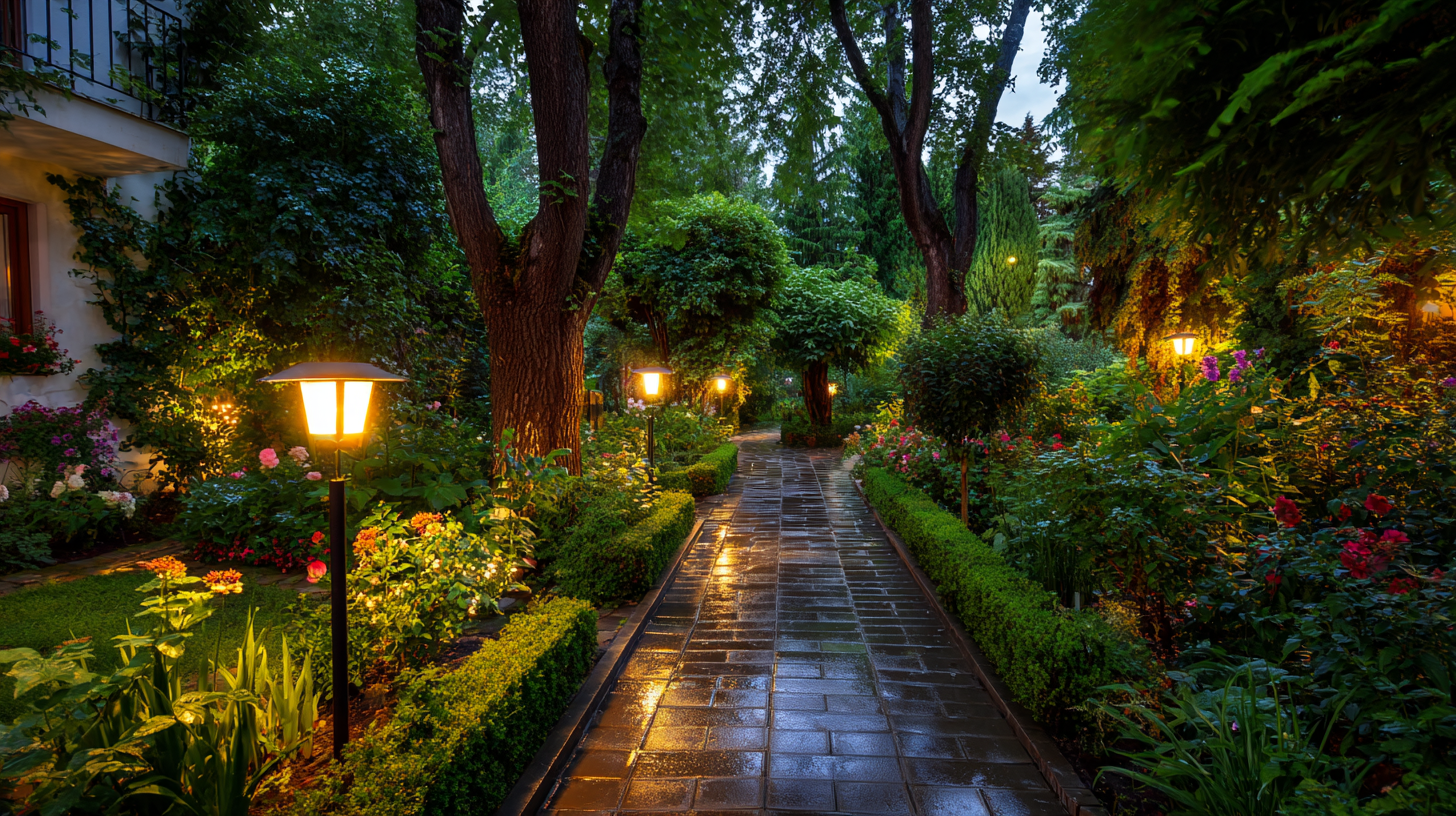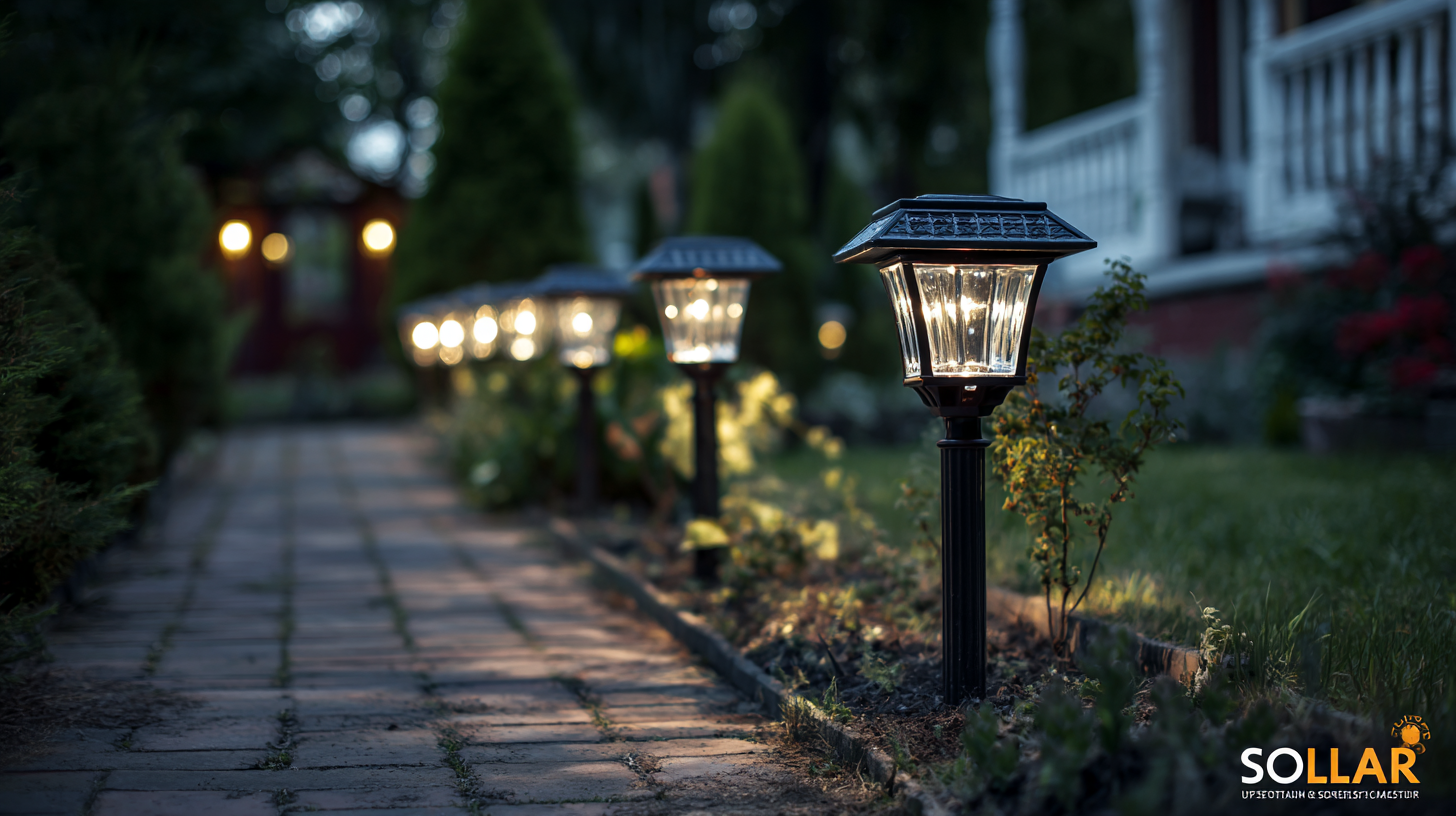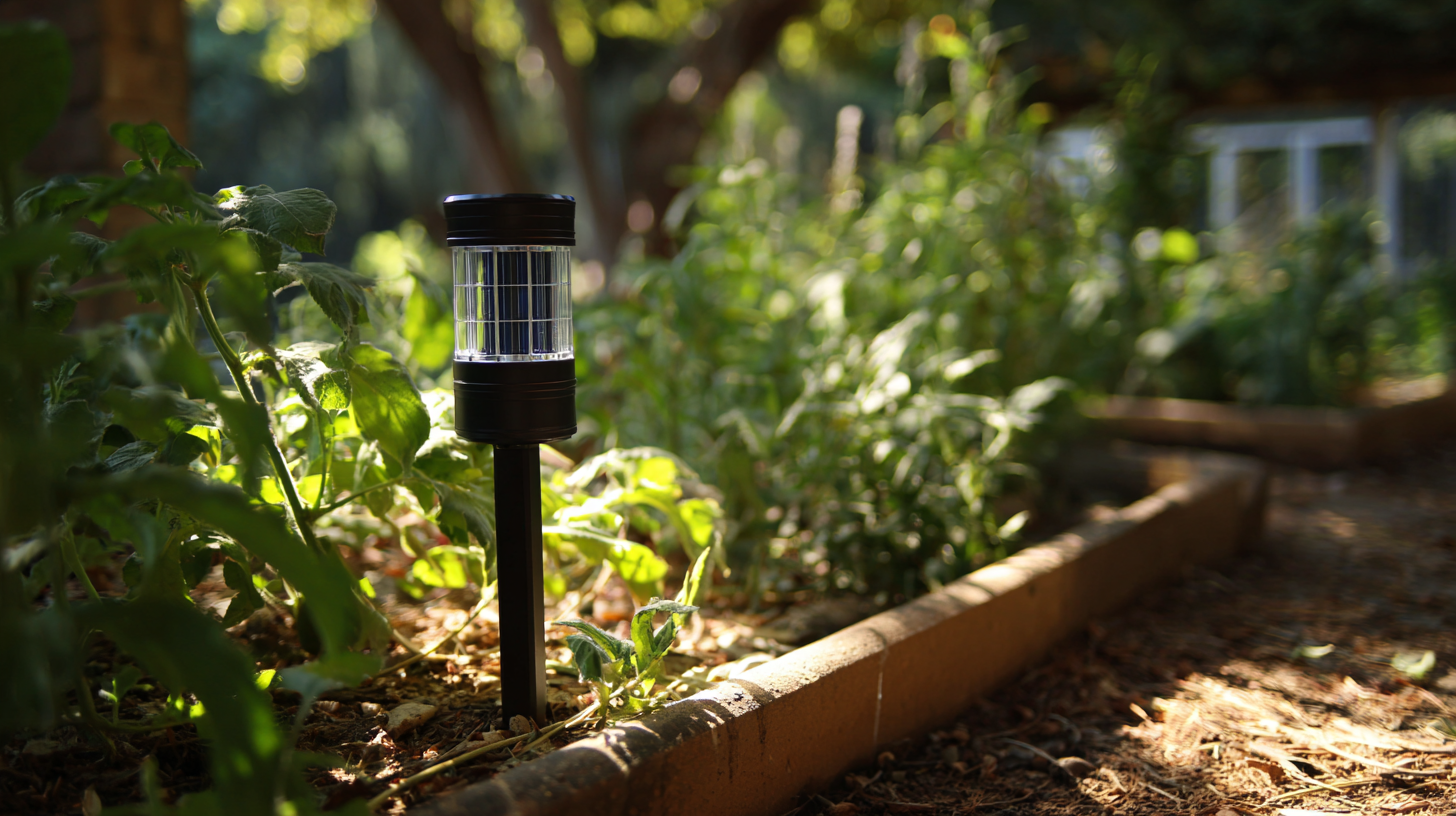Navigating Industry Standards: Common Challenges with Best Solar Lights for Gardens
As the demand for sustainable energy sources continues to rise, the market for solar lights for gardens has seen significant growth in recent years. According to a report by Grand View Research, the global solar lighting market is projected to reach USD 12.2 billion by 2025, with an impressive compound annual growth rate (CAGR) of 20.5% from 2019 to 2025. However, navigating industry standards and ensuring quality can pose challenges for consumers and manufacturers alike. While Chinese manufacturers often lead the way in export strength, representing quality and cost-effectiveness, the intricacies of varying regulations and product certifications can complicate the selection of the best solar lights for gardens. This blog will explore these common challenges, highlighting key considerations for choosing reliable solar garden lighting solutions that meet both aesthetic and functional requirements while adhering to industry standards.

Understanding the Importance of Industry Standards in Solar Garden Lighting
Understanding industry standards in solar garden lighting is crucial for making informed decisions when selecting the best products for your outdoor space. These standards ensure that solar lights not only meet quality and performance expectations but also adhere to safety regulations. By familiarizing yourself with these benchmarks, you can avoid common pitfalls such as subpar illumination or inefficient energy usage, allowing you to enjoy a beautifully lit garden while maximizing your investment.
Tip: Always look for solar lights that are compliant with recognized industry standards, such as safety certifications and energy efficiency ratings. This will help you choose products that are reliable and built to last.
Another challenge many face is the variety of options available in the market, which can be overwhelming. It's important to consider your specific needs, including the size of your garden, desired brightness, and design preferences. Evaluating these factors against the industry standards can guide you toward solar lights that enhance your outdoor aesthetics and provide ample illumination.
Tip: When shopping for solar lights, prioritize brands that provide clear specifications and warranty information, as this demonstrates their commitment to quality and adherence to industry standards.

Identifying Common Challenges in Selecting the Best Solar Lights
Selecting the best solar lights for gardens can be a daunting task, especially with the myriad of options available. One common challenge is determining the brightness level suitable for your garden. Different areas may require different intensities; for example, a well-lit pathway needs brighter lights, while ambient lighting for seating areas may only need a soft glow. When choosing, always check the lumens rating, as this will give you a better idea of how bright the light will be.
Another challenge is assessing the durability of solar lights. Outdoor conditions can be harsh, with exposure to rain, snow, and UV rays. Therefore, it’s vital to look for lights specifically designed for outdoor use, constructed from weather-resistant materials.
Tip: Before purchasing, read customer reviews to gauge how well these lights withstand varying weather conditions over time.
Lastly, mobility and installation can pose issues. Some solar lights require specific placements to maximize sunlight exposure, which can limit your design options. Look for flexible installation options that allow for adjustments based on sunlight patterns throughout the day.
Tip: Consider lights with adjustable solar panels or portable designs to easily reposition them as needed.

Evaluating Performance and Durability of Solar Lights: Key Considerations
When evaluating the performance and durability of solar lights for gardens, several key considerations come into play. One significant aspect is the quality of materials used in the solar lights, which directly affects their longevity and efficiency. High-quality solar cells, such as those using advancements in perovskite technology, can significantly enhance energy conversion rates. As research progresses, these newer solar cells are becoming increasingly viable for various applications, potentially revolutionizing the market for sustainable garden lighting.
Another crucial factor is the design and engineering of the solar lights themselves. Effective weatherproofing and UV resistance are essential to ensure that the lights can withstand harsh outdoor conditions without compromising their functionality. As garden aesthetics are also important, manufacturers must balance durability with design, creating products that not only perform well but also complement outdoor spaces. Evaluating these attributes helps consumers make informed decisions, ensuring they select solar lights that provide optimal performance and durability over time.
The Role of Chinese Manufacturing in Advancing Solar Technology
Chinese manufacturing has significantly shaped the landscape of solar technology, positioning the country as a powerhouse in the global solar product market. According to a report by the International Renewable Energy Agency, around 70% of the world's solar panels are produced in China, reflecting the country's ability to scale production while reducing costs. This dominance is also evident in solar garden lights, where advancements in manufacturing processes and materials have led to improved efficiency and durability.
One of the key challenges in the solar garden light sector is maintaining quality standards while meeting growing demand. Data from the Solar Energy Industries Association indicates that the market for solar lighting solutions is expected to grow by 25% annually over the next five years. However, as popularity surges, so does the risk of inferior products flooding the market. This issue places pressure on manufacturers, particularly those based in China, to adhere to international quality standards while innovating. The collaboration between domestic and international firms can foster improved technological advancements, ensuring that consumers have access to high-quality solar lights that not only enhance garden aesthetics but also promote sustainability.
Navigating Industry Standards: Common Challenges with Best Solar Lights for Gardens
Strategies for Overcoming Challenges in Solar Garden Light Installation
When it comes to installing solar lights in gardens, numerous challenges can arise, reflecting broader industry standards. A recent report from the Solar Energy Industries Association (SEIA) highlights that nearly 30% of solar installations face difficulties stemming from improper site assessments and inefficient lighting placement. These common issues can lead to insufficient illumination and decreased energy efficiency, underscoring the importance of meticulous planning and adherence to best practices.
To tackle these challenges, garden enthusiasts and installers should employ strategic approaches. First, conducting a detailed site analysis is crucial. According to a study by the National Renewable Energy Laboratory (NREL), optimal positioning of solar lights can enhance performance by as much as 40%. Additionally, selecting high-quality products designed for specific garden conditions—such as varying light levels and weather resilience—can mitigate performance issues. Engaging with certified installers familiar with local regulations and standards can further ensure that installations comply with industry norms, promoting safety and efficiency in outdoor lighting.